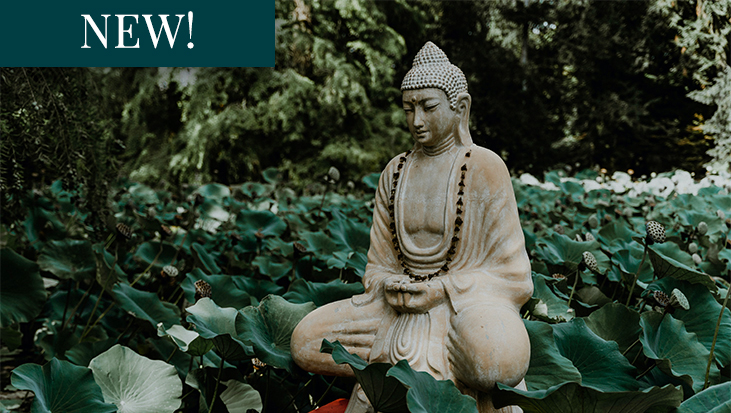Feelings are ever-present. They are a mysterious and rich dimension of our human life. But without mindfulness of them we can react automatically, habitually clinging to the pleasant feelings, avoiding the unpleasant ones, and remaining unaware of what is neutral. This reactiveness limits our ability to find balance and clarity in our daily life, and limits our ability to love.
How do we bring mindfulness to feelings? The first step is to know the feelings in themselves, to become curious. Many of us have learned to suppress or ignore our feelings, yet underneath they still drive our life in an unconscious way. To become mindful, you can begin simply with an awareness of pain as pain, of sadness as sadness. You can name them: this is joy, this is excitement, this is fear, this is contentment. You can gradually become aware of your waves of feelings as they rise and fall. With awareness you see that you are not your emotions. Instead, you see that the ever-changing feelings and emotions are simply part of the dance of life that you can hold with appreciation and wisdom.
As you bring mindfulness to your emotions you learn that emotions themselves are not the problem: your difficulties come from your relationship to them. You can bring a mindful and kind attention to them all, even the difficult ones such as fear, grief, hatred and jealousy. But focusing on difficult emotions alone can become one-sided. Notice the happy ones and the beautiful ones as well as the painful ones. Joy and sorrow are woven together; you can’t have one without the other. You can’t have birth without death, or pleasure without pain, or hot without cold, nor light without dark. Human feelings, and emotions of joy and sorrow, are ever-changing, like a river.
When you’re not aware of your emotions, you can become lost in them or frightened by them. But if you can create enough space to hold them with mindfulness and wisdom, you can see how they represent an important part of the picture, but not the entirety of the truth. You can see that anger has some truth in it, but it also has some delusion in it. And when you see love clearly, you can see that often love has some truth in it and that it also has some delusion. You can learn to become mindful of the river of emotions, resting in loving awareness, knowing that we are not limited by what is arising in the river.
There’s a grace that comes when we’re willing to touch the full measure of our feelings, our fear and longing, failure and tenderness, and great love that’s inside every one of us. We become the loving witness, what my teacher Ajahn Chah called the One Who Knows. As we allow our feelings to be met in the space of loving awareness, where they can come and go, we become free.
Excerpt: A Lamp in the Darkness






